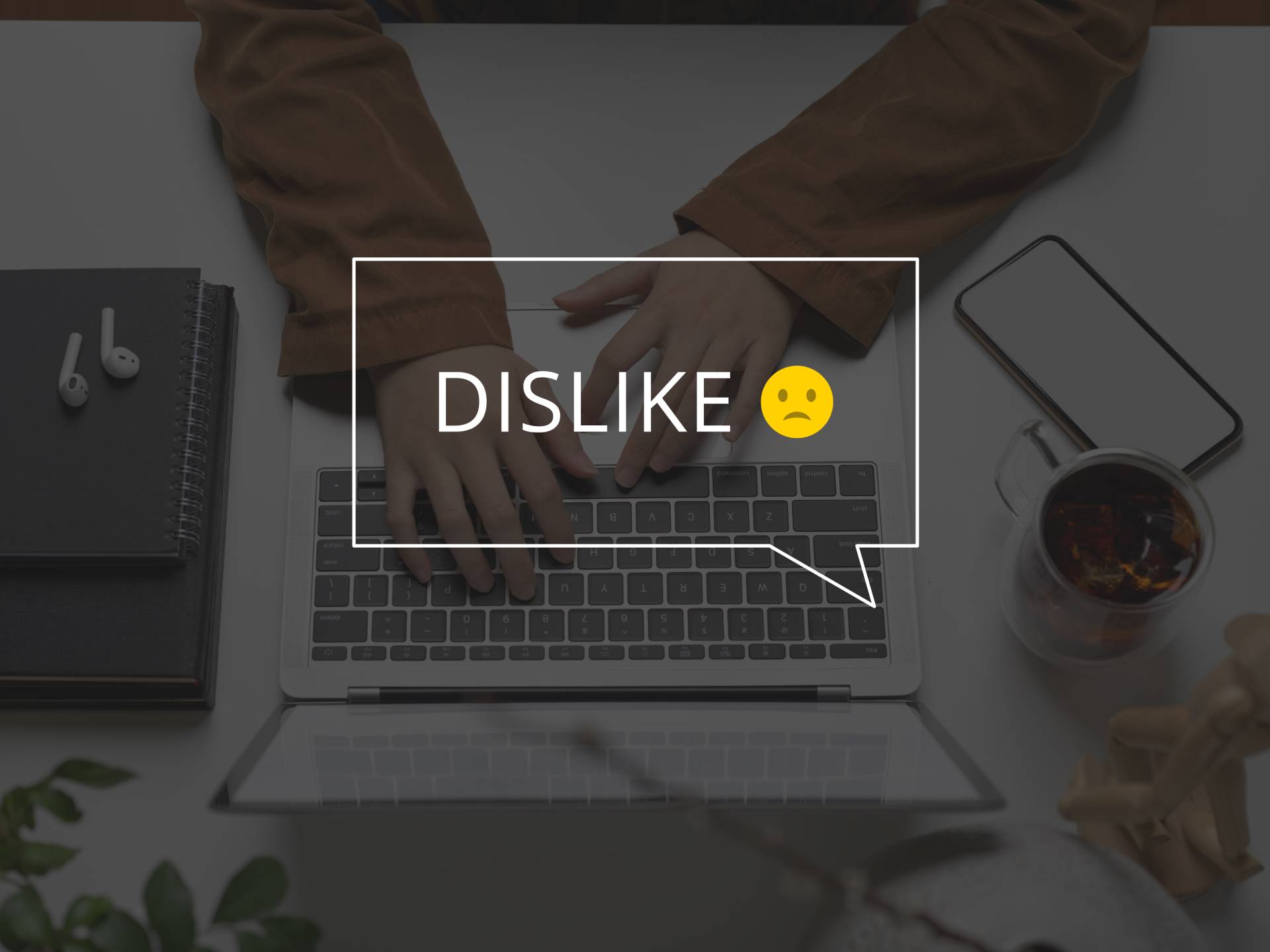It doesn’t matter what industry you’re in – high-quality content creation is the key to drawing in audiences and showcasing your brand’s value.
Of course, churning out great content takes time, as does content ideation and brainstorming.
According to Hubspot’s 2024 State of Marketing Report, finding ideas for new content is one of the leading challenges modern marketers face, followed closely by creating content that receives a lot of online engagement.
Whether you’re spitballing blog post ideas or finding unique ways to spin industry trends, topic creation is the first step in any content creation journey – and you need to know how to approach it.
If your team’s creative juices aren’t flowing, we’ve got some tried-and-true tips for content ideation. Here are five ways to create content ideas that will stimulate and engage.
1. Conduct Keyword Research
First things first: knowing what keywords to use will drive your topic brainstorming sessions.
Any successful content marketing strategy takes time to identify the terms and phrases target audience members are using to search. These keywords will help you rank better with search engines and gain more traction with customers.
Not sure where to start with keyword research? Begin brainstorming broad topics relevant to your niche or industry.
Once you have your initial list of topics, use keyword research tools such as Google Keyword Planner, SEMrush, or Ahrefs to refine and expand your ideas. These provide valuable insights into search volume, competition level, and related keywords.
Hot tip: look for long-tail keywords (longer, more specific phrases) as they often indicate more targeted and actionable search intent. These make great fodder for content topics.
Additionally, pay attention to trending topics and seasonal keywords. Even better, look at your content competitors – what words are they using? What industry trends are they discussing? Take note and cultivate your keyword list accordingly.
Although you don’t want to outright copy your direct competitors, it’s always good to familiarize yourself with their approaches. This can help you identify any content gaps in your strategy, as well as the top keywords to prioritize (or the overused ones to avoid).
No matter how you slice it, a data-driven keyword approach will help ensure your content marketing efforts are relevant, timely, and optimized for search engines.
2. Poll Your Target Audience
Your audience should be the heart and soul of your content marketing strategy. That means you need to know them, inside and out.
Surveys, polls, or open-ended questions can provide invaluable insights. What are their interests? Their preferences? Their pain points? If you don’t know, find out. We guarantee this will spark some great content ideas for your strategy.
We also recommend using various channels to solicit feedback from your target audience, including social media platforms, email newsletters, or dedicated survey tools. Don’t just poll one place and assume the results are representative.
Another tip: craft questions that encourage honest responses.
Ask about their biggest challenges, pain points, burning questions, or topics your target audience would like to learn more about. You can also pose hypothetical scenarios or present multiple-choice options to gauge interest in different content ideas.
This will expose any current content gaps and help you find patterns or trends in the data that reveal pain points you might never have considered.
3. Explore New Content Formats
Content consumption habits are constantly evolving. As such, it’s important to diversify your content marketing strategy to cater to different preferences and learning styles. Different audience members want different things!
Beyond traditional blog posts or articles, consider exploring alternative content formats that offer unique opportunities for engagement and storytelling. For example, get creative with…
Video Content
As of 2023, 91% of businesses used video content as a marketing tool – an all-time high since 2016. Additionally, 70% of “non-video-marketers” plan to start online video marketing this year.
Video is a powerful medium for visually showcasing products or concepts, offering tutorials, or sharing behind-the-scenes insights. Platforms like YouTube, TikTok, or Instagram Reels provide a fertile ground for reaching and engaging with a broader audience through dynamic and shareable video content.
Podcasting
Podcasts might be relatively new to the world of marketing, but they offer a convenient way for audiences to consume content on the go. Hosting your own show allows you to explore topics in-depth, conduct interviews with industry experts, or share personal anecdotes and experiences with your audience.
Infographics
Infographics are an effective way to distill complex information into visually appealing and easily digestible, high-quality content. By combining text, images, and data visualization, infographics can often increase engagement on social media platforms and websites.
Webinars
Webinars provide a platform for hosting live presentations, workshops, or Q&A sessions with your audience. They also allow for real-time interaction and feedback, fostering a sense of community and trust among participants.
Quizzes and Assessments
These offer a fun, engaging way to educate your audience while collecting valuable data about their preferences or behaviors. By gamifying the learning experience, you can increase participation and encourage social sharing among your audience.
Repurposing Old Content
The best part about using any of the other forms of content we just discussed? You can capitalize on them by using your existing content. For example, you can turn old blog content into new infographics or use a viral social media post to spark conversations on your podcast.
If you’re not sure which content format to try next, conduct some competitive research. Look at what’s succeeding when other companies branch out.
Ultimately, more eyes (or ears) on your content increases your chances of earning more leads. By exploring new formats, you’ll keep your content marketing strategy fresh while also catering to the diverse preferences and consumption habits of your target audience. Experiment and see what works best!
4. Bring in Some Fresh Blood
Sometimes, all you need is a new perspective from someone outside your company.
Collaboration is a powerful tool for injecting fresh takes and expertise into your online content marketing strategy. By partnering with guest contributors, industry experts, influencers, or even other content marketers, you can diversify your offerings and expand your reach.
Start by identifying individuals within your network or industry who have unique insights or experiences to share. Reach out to them with a compelling pitch, outlining the benefits of collaborating with your brand and how their expertise can help create valuable and useful content for a shared audience.
Collaborative content can take various forms, including guest blog posts, co-authored articles, co-hosted webinars, or joint social media posts. You want to leverage the strengths and expertise of your collaborators to create content that resonates with your ideal customer and your brand’s values.
The goal is to create content ideas that will interest and inspire your target audience. If possible, team up with industry experts who can provide authoritative commentary and analysis on relevant topics within your niche.
Look at your content competitors. Chances are, they’re at least using user-generated content or influencer partnerships to spice things up.
TLDNR: Don’t be afraid to inject new energy and creativity into your content marketing efforts – especially if you’re hitting some creative blocks.
5. Tap Into Personal Experiences and Expertise
As content marketers, we have a lot of creative value to bring to the table – even if doesn’t always feel like it.
Your personal experiences and expertise are invaluable assets that can inspire authentic and relatable content ideas. Reflect on your journey within your industry, lessons learned, and pivotal moments that shaped your professional development. Share anecdotes, case studies, or behind-the-scenes insights that resonate with your audience.
Drawing from your own experiences allows you to build a valuable content marketing strategy that is authentic, relatable, and perhaps most importantly, uniquely yours. This is an excellent way to humanize your brand and foster deeper connections with your potential customers.
Moreover, tapping into your expertise allows you to address niche topics with authority and credibility, positioning yourself as an industry leader. Leverage your specialized knowledge to provide actionable insights, practical advice, or innovative solutions to common challenges your existing customers face.
Another tip: create content that highlights your failures and mistakes along with your successes. Trust us when we say that potential customers love it. According to Semrush’s findings in 2023, articles with “Mistakes to Avoid” titles get the most shares.
At the end of the day, transparency and vulnerability build trust and authenticity. Talking about your failures and truths demonstrates to your audience that you’re human and that you actually want to address customer pain points.
To Wrap It All Up
Content creation and ideation don’t have to feel like pulling teeth. Although it’s not always easy to brainstorm new topics, you have many resources at your fingertips to fuel the process.
Still struggling with content ideation, even with all these tips? It might be time to look for guidance from a professional marketing team to get you on the right path.
Need Help Creating Content? Let’s Talk.
At Platinum Consulting, we realize that there’s no one-size-fits-all marketing campaign. Even if there was, our marketing team wouldn’t use it!
Exceptional online content marketing strategies focus on making genuine human connections. That’s why we start every partnership with a detailed analysis of what makes their business special – and how to connect brand values with all the relevant people they want to reach.
If you want to revamp or improve your content marketing strategy, we’re here to help. From assessing your customers’ pain points to conducting competitive analysis, we’ll ensure your existing and future content serves you well. We’ll even help you come up with new ideas that are sure to support your goals.
Not sure what you need to create a successful content marketing campaign? Don’t worry, we’ll figure it out. Schedule a discovery call to discuss things like creating content from scratch, building brand awareness, or collaborating with influencers.










